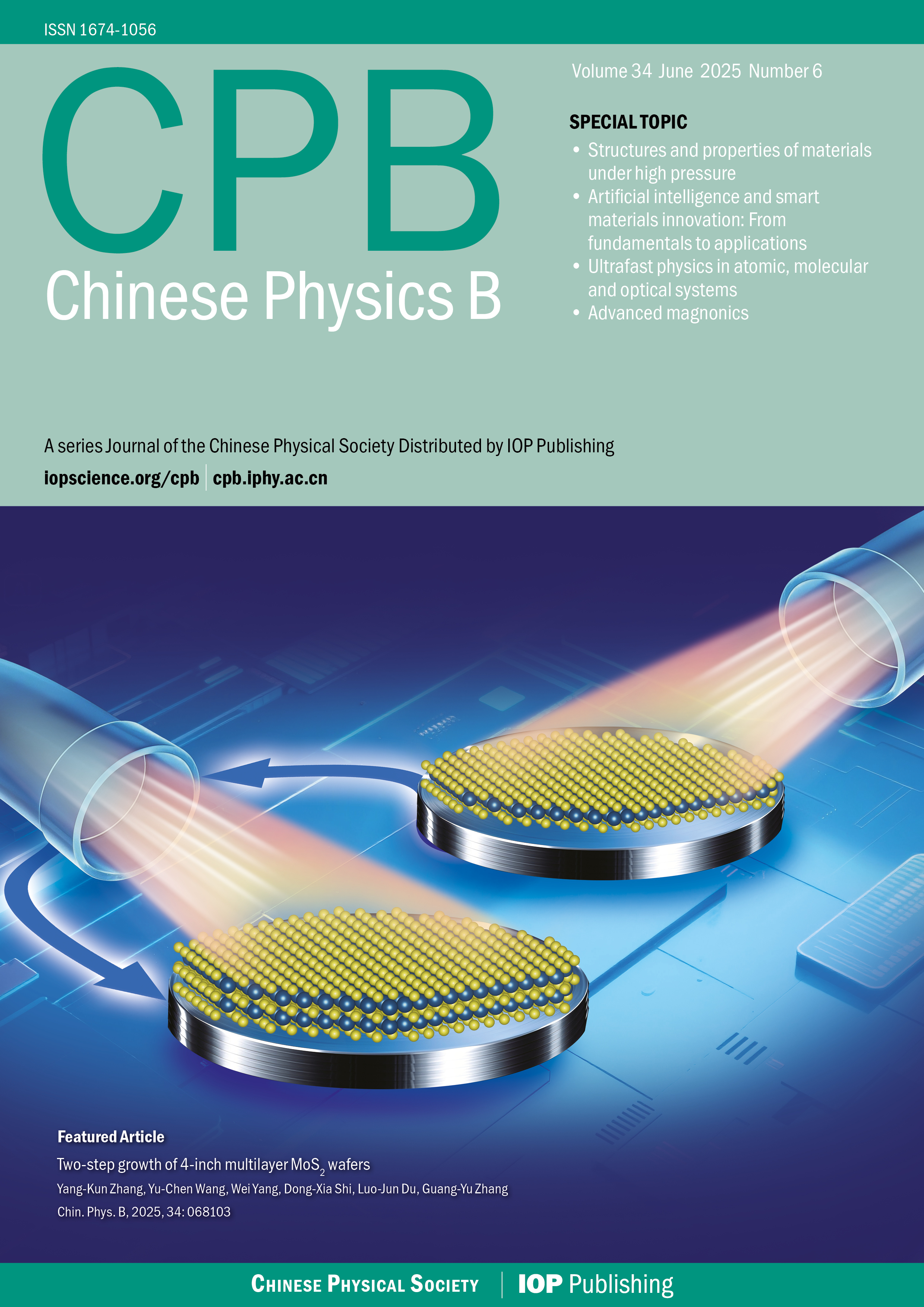Influence of spatiotemporal coupling on the capture-and-acceleration-scenario vacuum electron acceleration by ultrashort pulsed laser beam
- Available Online: 30/01/2007
-
Key words:
- vacuum electron acceleration /
- ultrashort pulsed beam
Abstract: This paper investigates the properties of the ultrashort pulsed beam aimed to the capture-and-acceleration-scenario(CAS) vacuum electron acceleration. The result shows that the spatiotemporal distribution of the phase velocity, the longitudinal component of the electric field and the acceleration quality factor are qualitatively similar to that of the continuous-wave Gaussian beam, and are slightly influenced by the spatiotemporal coupling of the ultrashort pulsed beam. When the pulse is compressed to an ultrashort one in which the pulse duration TFWHM < 5T0, the variation of the maximum net energy gain due to the carrier-envelope phase is a crucial disadvantage in the CAS acceleration process.

 首页
首页 登录
登录 注册
注册






 DownLoad:
DownLoad: